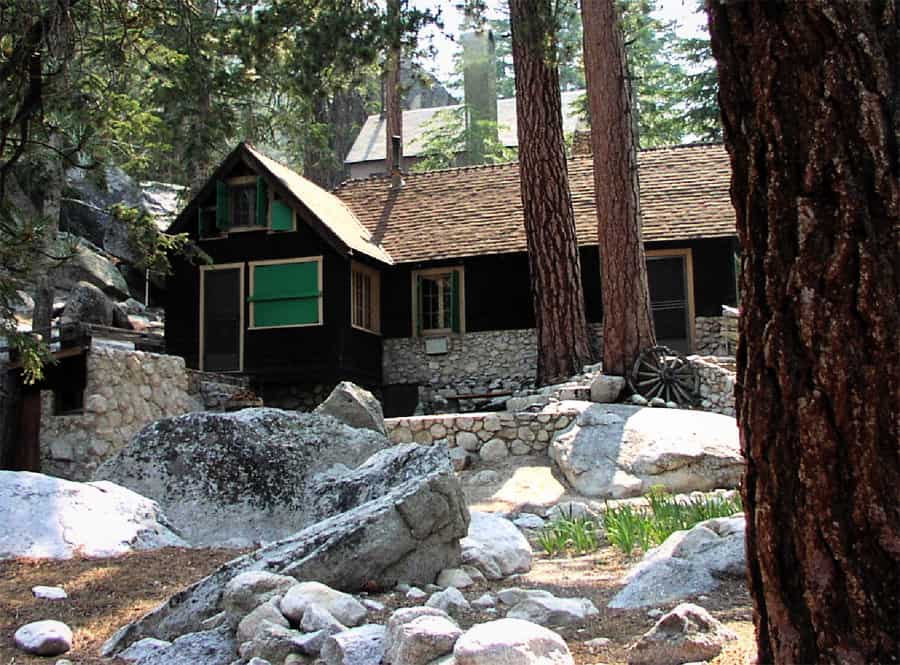So my understanding is that it’s hard to figure how much market value really is for some of these properties; however, I wonder about the rationale for reducing fees because owners “can’t afford” them. I’m sure National Park access fees are high for some people, .. how about means testing them? If the problem is that different forest units interpret the regulations differently, well, that’s another problem.
It seems like this group might be considered to have “undue political clout” even though they are not a corporation, which would feed into our previous discussion of what is “appropriate” political clout. But to them, it’s just an organized grassroots strategy, which you can check out at their website here.
Given the people on this blog’s different experiences with recreation residences, what do you think the problems are, as well as solutions? (if you are currently working, you can use an alias). Some have suggested that just selling these parcels would be better for the public, due to the costs of administration and the fees never being able to keep up.
I’m also curious as to whether Environmental Groups who Use Litigation as a Frequent Tactic or EGULFTs have ever turned their attention to these folks and the Recreation Residence program. Seems like the continuing presence of these folks in the forest might have environmental impacts as significant as, say 500 acres of thinning…
Here’s the Examiner.com story.
Here’s a link to the bill.
